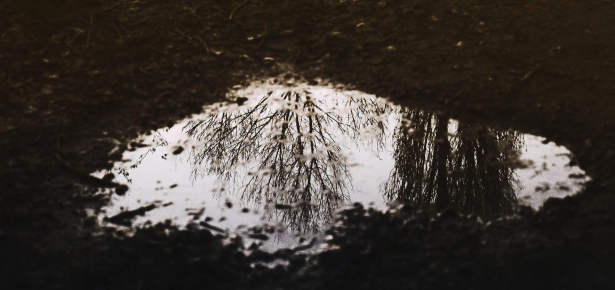
Last autumn, I ran a course at the University of Hong Kong on “The Ecological Imagination in Film and Literature”. On the first day, I looked around the spotless, climate-controlled classroom and asked, “How many living things are in here with us?” The class seemed puzzled. As smart graduate students, they knew the answer was not, simply, “none”.
The answer was “trillions”. I wanted my students to remember that their environments—and bodies—are shared with often overlooked, microscopic life-forms. I wanted them to consider how mutually embedded human and nonhuman lives are, how porous are our physical selves. Their puzzlement surprised me in turn. For these students were from Hong Kong and mainland China. When SARS erupted in 2003, they were in early adolescence—old enough to remember, young enough for the memory to be formative. SARS killed thousands in greater China, with a shocking fatality rate of 17 percent in Hong Kong. My students had come to adulthood with a tragic awareness of how easily pathogens inhabit our bodies.
They had also grown up with a key lesson from that event—wear a facemask when you are ill. And, of course, with that lesson learned, the mask is ubiquitous in Hong Kong during the COVID-19 outbreak. Even before this, it was impossible not to notice that surgical facemasks, far from being specialist medical equipment, were de rigueur for unwell Hongkongers.
Wearing a mask could be—and is often—seen as an act of self-protection. Certainly, during the anti-government protests that roiled Hong Kong just before the pandemic, it symbolised the fierce defence not of selfhood but of rights, the right to protest without identification and arrest. However, in both SARS and COVID-19 outbreaks, the mask has meant something else altogether. Yes, as the pandemic rages, so does the global debate over masks; it seems they protect not the wearer, but others from the wearer. Hongkongers already knew this. Before the pandemic, the Hongkonger wore a mask when ill to signal her infectiousness, to say, “I don’t want you to become ill too”. Now, she wears it to say, “We don’t want each other—and therefore all of us—to become ill”. In Hong Kong and in greater China, the mask means communal responsibility.
This is borne out by the history of the facemask. It was introduced to China in 1910 by the Malayan-Chinese doctor Wu Lien-Teh, who, as a high-ranking medical officer, dealt with an outbreak of pneumonic plague in Manchuria. Recognising the disease was airborne, Wu took several highly effective measures, including encouraging the public to wear simple sanitary masks. His cotton mask design lasted until the SARS epidemic, when it was replaced with the now-familiar, three-ply disposable.
But to return to the question I asked my students—I wonder if the mask could serve as a reminder of something more than the individual contribution to public health. The life-forms inside us are sometimes good microbes, sometimes bad pathogens, but not actually evil. 2019-nCoV—like us and like all living things—strives, seeks to thrive, seeks to propagate, but can kill in the process. For now, 2019-nCoV is an enemy with whom we are engaged in a deadly battle. In the long term, however, we need to live in equilibrium with the other species with whom we share this planet. Ultimately, our shattering of that equilibrium brought this virus to our species; our incursions invited this combat to our bodily borders.
Living through the pandemic in Hong Kong, I see the mask as an act of respect for fellow human beings. Would that it could signal, too, respect for all beings—big, small, and infinitesimal.
Latest Comments
Have your say!